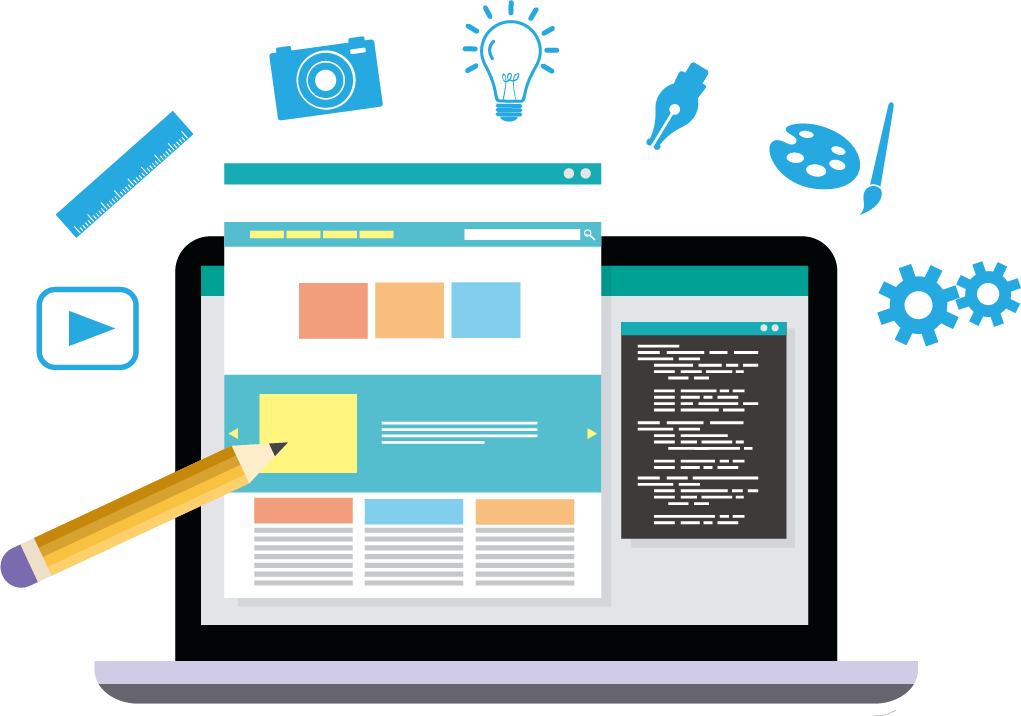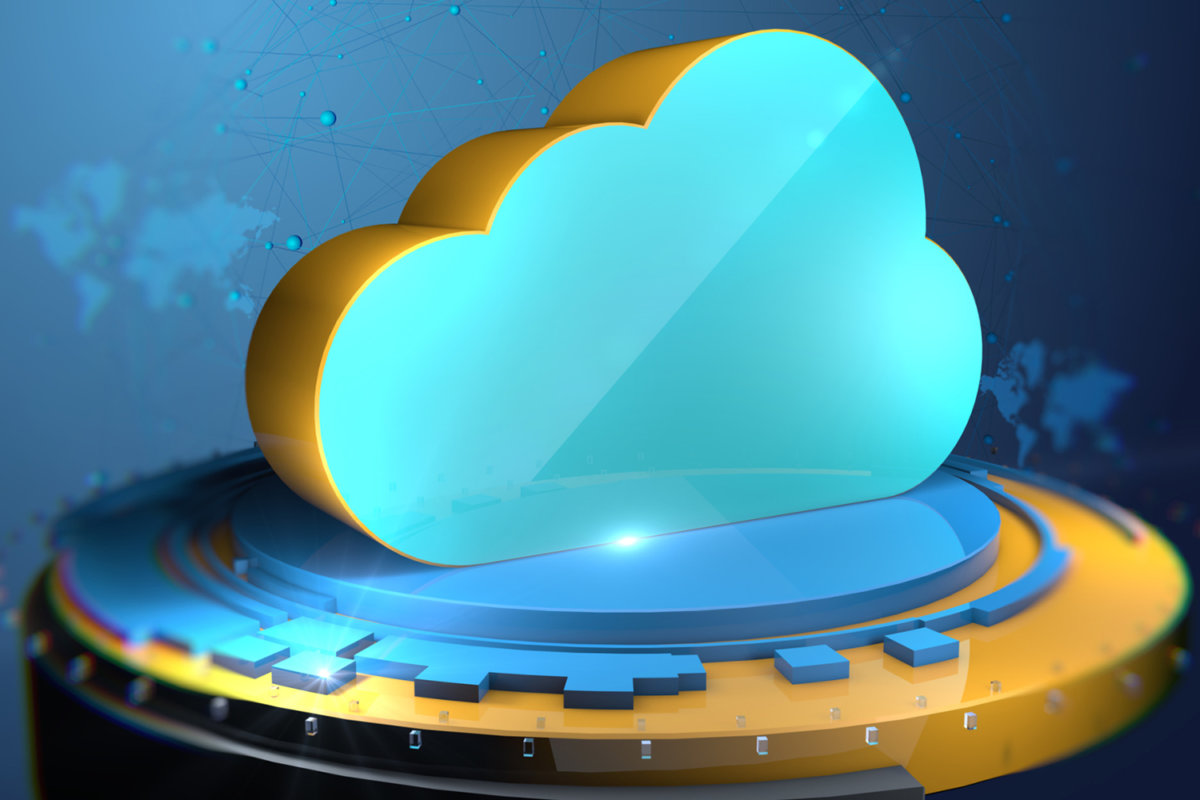Impact of Digital Transformation on Back-end of Agile Retail Organization
Most retail start-ups begin their journey modestly. They operate as a small independent unit with flexible supply chain, an easy-to-manage inventory model and a customer-friendly front-end experience. Their size allows them to stay agile and increase their sales volume rapidly. But with rising sales, they reach a tipping point where they must measure their scale vis-à-vis their agility. At this stage, it becomes necessary for them to create a solid digital backbone and develop a back-end that has the strength to endure exponential growth while being nimble enough to respond faster to customer needs.
But why only the start-ups? If you are an established retailer digital transformation impacts you too. The challenges may be different, but the solution is similar. It is imperative for you to break the legacy of centralised operating system and implement a digital adoption strategy. A simpler and leaner approach designed around customer experience can certainly keep your business going.Whether you are a start-up or an established player – one thing is sure. You need to digitally integrate and support every element of your backend operation that includes planning, supply chain, logistics, finance and procurement to enjoy the benefit of digital transformation services. Choose a digital core that is standardised, scalable and open. It should be an ideal mix of flexibility and stability so that you can cater to your customer needs without compromising on innovation and continually improve your deliverables.
Ways AI can Enhance User Experience
Making a mark with impactful user experiences has become an extremely critical aspect of any kind of service offering. Organizations are now trying to improve user experiences with the help of machine learning and artificial intelligence, which have shown immense potential in transforming the customer experience.
Design teams rely on customer data (also referred to as training data), which lends them an understanding of customer needs. This data helps them come up with suitable designs.By unearthing existing patterns and creating new ones, AI can help design teams get deeper insights into user behavior. AI and ML-based analytics systems are able to source data from websites, apps, and other digital services seamlessly and look for patterns. They also help bring all this data in a form that can be used and consumed meaningfully by the designers. The resulting design is therefore far more superior as compared to one based on basic customer research.
Besides identifying patterns and user types AI-based platforms can recommend personalized workflows tailored to each user. While non-AI-based data analytics does identify broad patterns, AI systems can dig deeper and provide insights for several more use cases and scenarios. This is when user experience becomes hyper-personalized.Ever wondered how Netflix provides the most accurate movie and series recommendations? Not just recommendations, it personalizes the images that go on the program banner of each title to user preferences. This beautiful bit of forethought is a result of Netflix’s AI engine based on user engagement tracking data. Google translate is another example. Several personal finance apps are also creating innovative ways of personalization. Such hyper-personalized experiences go a long way in driving user conversion and retention.
Why cloud-based ERP provides the only path to a more flexible future
Employees can access cloud-based ERP platforms from remote locations with the same ease as on-site staff.If an employee is at a meeting or out of the office for a training day, they can still give their boss an immediate answer about the quarterly report for example.Staff can also benefit from having access to apps and updates as soon as they connect. There is no VPN or slow remote portal technologies to slow them down.Cloud-based ERPs are innovative because they easily integrate with other operations that make the business run smoothly.Extracting data is simple when Business Intelligence (BI) programs can connect with the organized data storage and user activity records available through an ERP.
There are built in analytics features too. Administrators and board members can do information drill-downs for critical decisions. cloud-based ERPs are forward thinking when it comes to security.Cyber security measures are centralized and flexible for stratified permissions controls.The cloud offers secure gateways for remote access, document management systems that prevent the download of sensitive data, and on-site archival of sensitive information to avoid it falling into the wrong hands.Document retention is built into the cloud so that companies can be sure that they are compliant with government standards in their industry.
Signs that it’s time for modern cloud applications
It’s an understatement to say the global pandemic accelerated the pace of change and altered our lives—from the way we work, to the way we interact with others.
Customizations are a very real issue with legacy applications. Many customizations aren’t “upgrade safe,” and every customization or upgrade in your on-premises system incurs extra costs and involves extra time to test. Your data security is out of date and You’re unable to keep up with the latest security threats.Taking advantage of new technologies is increasingly challenging.You struggle to apply emerging technologies, such as AI, to your business processes.Your on-premises systems need new hardware.Your company’s physical infrastructure is past due for an expensive capital replacement.Your on-premises maintenance costs are increasing.Your system fees and services costs are increasing annually.The number of disconnected systems and data silos is increasing.Growth in disconnected systems and data silos results in conflicting answers to key questions, added costs, and increased security risks.You’re experiencing rapid and global company growth.International expansion, mergers, acquisitions, and divestitures are hampered by your applications.Increasing financial and compliance requirements impact your business.
Improving CRM Practices with Salesforce IoT Cloud
Salesforce IoT cloud provides a platform to store and process data. Salesforce consulting firms have been laser focused on finding new ways of combining device data and customer data which empowers organisations to build a completely customer centric business.The Salesforce IoT cloud captures customer data everywhere today, be it human interaction or sensors or devices or website engagements, or email history, mobile events and so on. This kind of data is a treasure trove of information for a business to work on for better customer engagement. On the other hand, security is a top technical concern for organisations that deploy IoT systems. This is because companies have almost no control over the sources and nature of hardware and software utilized in their IoT networks. Many connected devices have little or no cybersecurity protection. However Salesforce IoT helps to build an IT infrastructure with regulatory compliance by utilizing access tokens for secure access.
IoT has the potential of taking customer satisfaction to a much higher level than that which exists. Service based on actionable IoT insights empowers an organisation to be able to look into the future with respect to customers needs. Utilizing IoT and CRM brings forth innovative ways of connecting with customers. Salesforce is already ahead of the competition in adopting IoT technology. The commitment to digital transformation by the CRM vendor, Salesforce, is obvious with the Salesforce IoT platform. The Salesforce implementation services will ensure the integration into the business needs of the company.
Embracing hybrid cloud with Oracle Cloud Infrastructure
OCI is an enterprise cloud that delivers a set of platform cloud services, including powerful compute, storage and networking capabilities optimized for Oracle applications. If you’re an existing Oracle client, moving to OCI can help you get the most from your investment in Oracle applications.
If you’re wondering what differentiates OCI from other clouds, here are key benefits OCI delivers.
OCI infrastructure and services were built from the ground up to perform better, so you get all the functionality and performance you had in your data center but at the speed of cloud. High-performance computing — built into the core of OCI — helps drive advanced analytics capabilities.OCI can immediately help organizations realize cost savings in the cloud with an aggressive, predictable pricing model.Oracle has a deep understanding of mission-critical applications and databases for enterprise clients, with more than 40 years of experience delivering essential software to help large companies succeed.Enterprise-grade security is built into OCI, with layers of defense to protect organizations’ data and applications. The embedded security capabilities in OCI can unburden your IT teams to focus on innovation.OCI has an unwavering commitment to open standards to support your business’s hybrid cloud strategy. Oracle actively contributes to and supports numerous open-source technologies and communities.Especially if you’re already running Oracle applications, OCI just makes sense.






